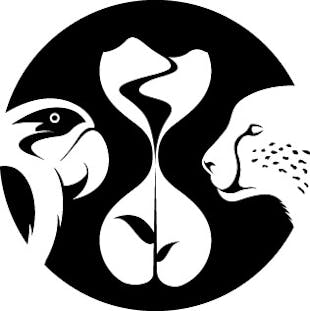Scientists estimate that the number of sharks killed each year in commercial fisheries is 100 million, with a range between 63 million and 273 million. This is driven by the demand for shark meat because it is an important source of protein in developing countries. Shark fin soup, a popular—and expensive—dish in some Asian countries and shark liver oil used in cosmetics, create demand for shark products.
Sharks are both targeted within directed fisheries and caught incidentally and retained as valuable bycatch in fisheries targeting other species. Directed fisheries in places like Mexico and Indonesia target sharks for both their fins and as a source of meat, and shark bycatch is high in high seas fisheries that target valuable tunas and swordfish – to the point where these fisheries are really shark fisheries with an incidental catch of tunas and billfishes. For example, sharks and rays comprise the majority of catch in the Indian Ocean with tunas and billfishes comprising only 40% of the catch. These fisheries primarily use non-selective fishing gear like surface longlines, purse seines, and gillnets that catch and kill many types of ocean wildlife besides the fisheries’ targets.
The global catch of sharks and rays has been dominated by rays on and off since about 1970, mainly for domestic meat consumption and international trade. The existence of a vast and largely unregulated marine wildlife trade has enabled entrepreneurs to create demand for the gill plates of manta and devil rays. Marketed as a cure for everything from the chicken pox to cancer, there are no proven health benefits. The hub for global trade in ray gills is Guangzhou in southern China where as much as 99% of the global trade takes place. Market analyses found an estimated 61,000 kg annual trade volume in gills in Guangzhou with an estimated value of US$11.3 million. Now as a result of action by the Convention on International Trade in Endangered Species of Wild Fauna and Flora (CITES), international trade in gill plates is regulated.
In countries around the world the health of shark and ray populations is unknown, yet they are caught and sold for their meat and fins. But because their biological characteristics of slow growth, production of few young, and long gestation periods, many shark and ray species cannot support direct or indirect fishing. For those shark species with life history characteristics more conducive to sustainable fishing (e.g., Shortfin Mako and Blue Sharks), managers have not placed effective limits on the number of sharks that can be caught by fishermen to ensure long-term sustainability. Further some species, such as sawfish, are so depleted that strict protections and recovery planning are needed to ensure their extinction is avoided.




